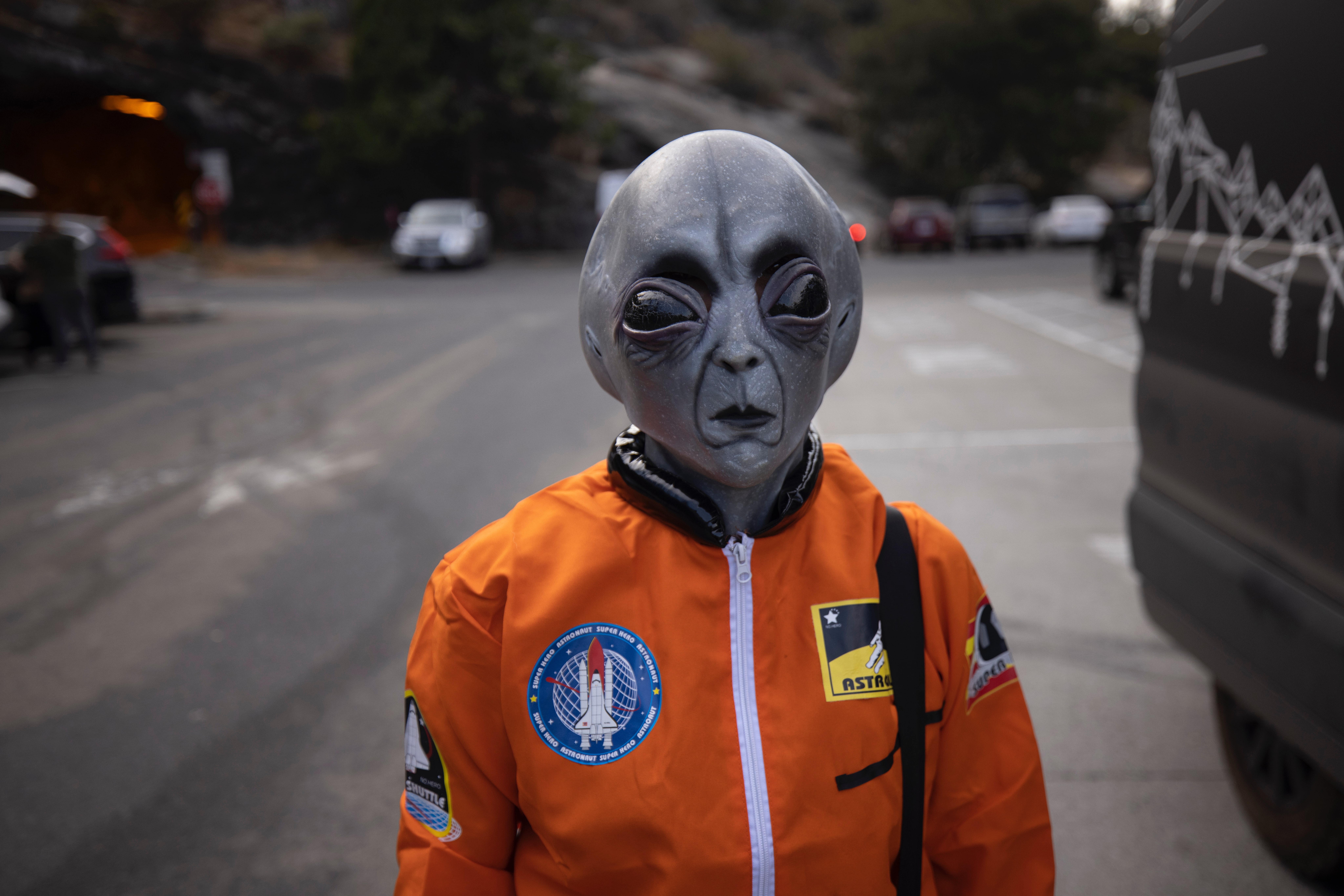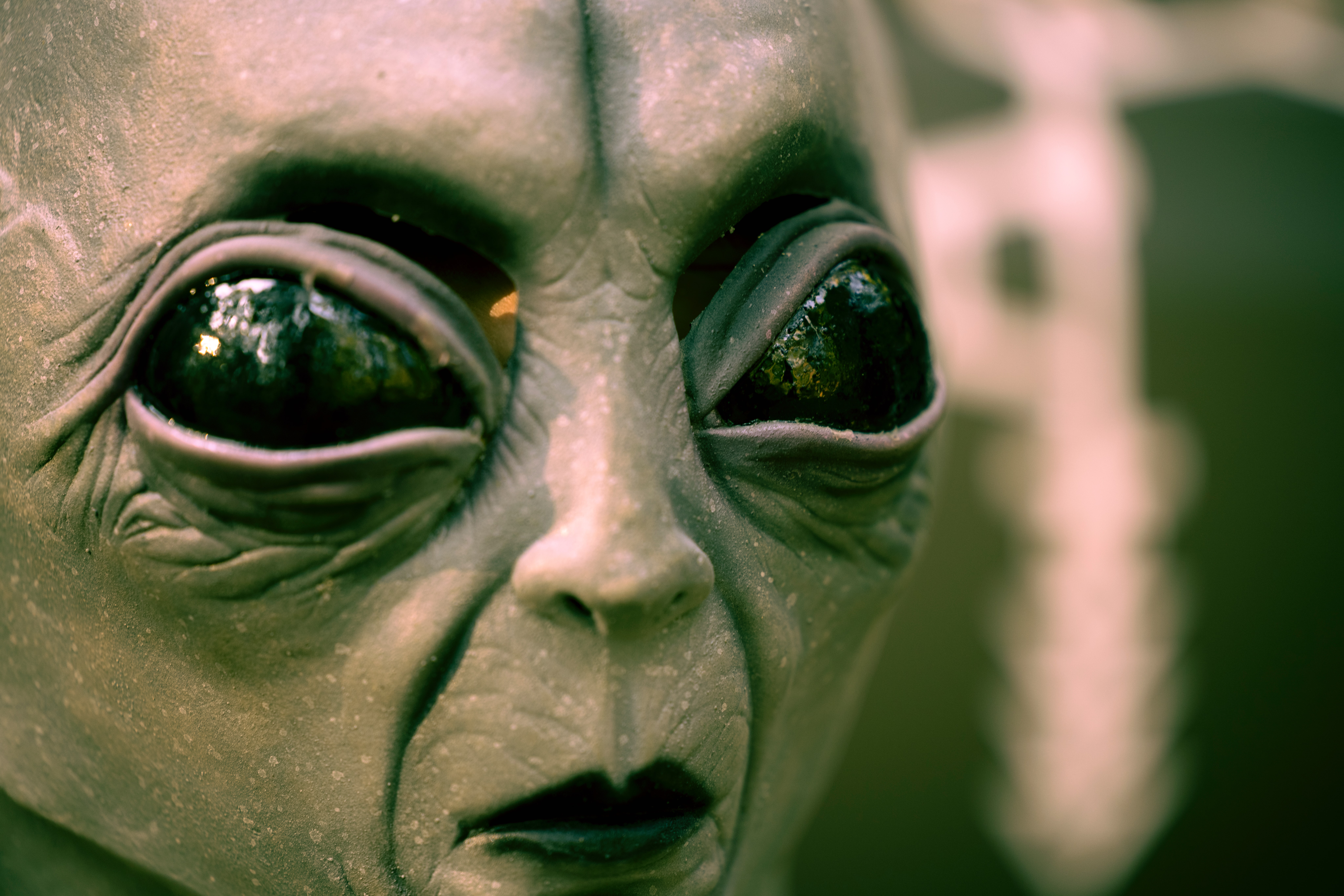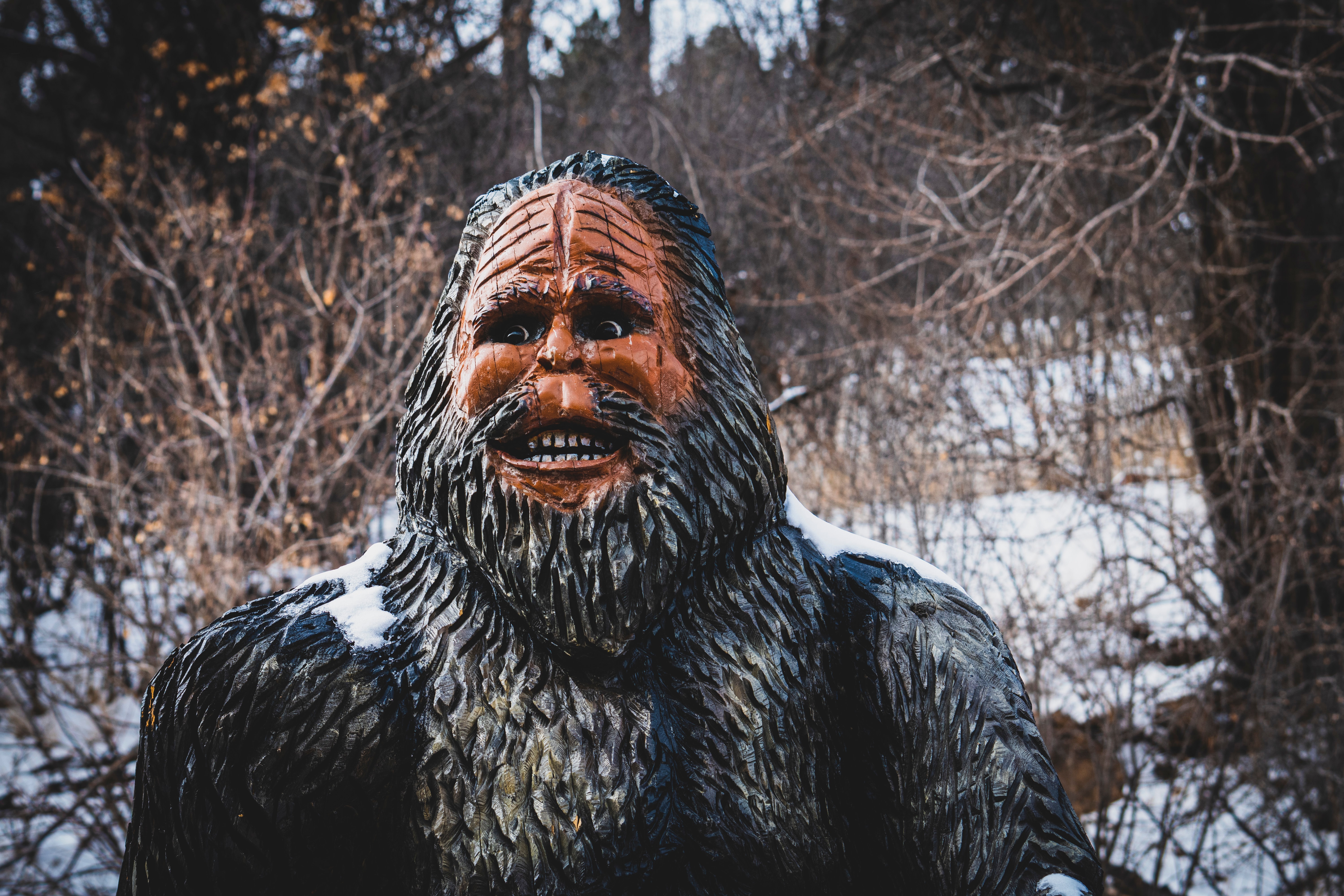Missing Time, the Mystery
Origins

The concept is not wholly new to anyone in this day and age. As a child I once ‘missed’ a whole day in my life. While I argue that when I was just a child, I probably just thought it was Tuesday when it was Wednesday; but, there are many cases that hold a certain amount of both eeriness and a mess of unknowable factors. Among the most famous instances is the story of a member of the military. This particular cadet was asked to stay at a certain gas station and wait for retrieval. After getting his orders via payphone, he looked up in the sky to see a herd of lights swirling and wind whipping wildly. Going back to the payphone and calling, the cadet was surprised by the conversation. While the cadet was under the impression only a series of moments had passed, in fact a number of hours had passed, moreover the unit sent to retrieve the cadet had arrived and said that the cadet was nowhere to be found.
Some More Information
The idea of missing time isn’t wholly new to the scientific community. A number of mental diseases have been studied in relation to this. Some have even argued narcolepsy to be a reason in which some people believe that only a few moments had passed. Although many believers would site the idea of alien abduction, interestingly, it is more common that the person that claims to memories of the alien encounter many months, and even sometimes years, after the events would have transpired.
The Mind is very powerful; in one study, a psychotherapist would sit down with a patient and begin a session. At some point in the session, the therapist would make up a story about how their parents left them in a mall as a child. While many people couldn’t remember such an event, a surprising 1-in-4 not only believed the events but seemed to remember the false event vividly. The mini-series ‘The Keepers’ on Netflix also discussed the ideas of mental suppression. While I won’t go into too much detail for any reader that has yet to see the series, suffice it to say that some proponents of the Freudian idea believe that our memories of traumatic experiences may be powerful enough to submerged in our subconscious for most of our lives. Perhaps most interestingly is the eerie descriptions given by people who claim to have been abducted. Eerie due to the fact that most, if not all these descriptions match up to a great extent. These descriptions are given often times told under hypnosis.

Some Theories and Opinions
Stories like the missing cadet are great examples of unexplainable occurrences, as there was at least one witness to their disappearance. Believers have been made out of many unusual sections of society. Some of these believers have been famous artists and military officers. Detractors have a solid argument about the subconscious under hypnosis method. They argue that many of the images can be easily linked to television or film. Furthermore some therapists don’t utilize hypnosis at all, siting that it is unreliable. Detractors also site that hypnosis is an easy method to lead people. Similar to the implantation concept from the Mall Experiment, hypnotherapists can give ideas to the patient and because they are in a far more relaxed state it is perhaps easier to accept it on a subconscious level.

I was first made aware of such a thing as a child. But I would say that it is only recently that I ever looked into it with more vigor. Personally, like many of the things I cover in these article, I don’t know which is correct but I find it interesting to talk about. Perhaps we are at a point where we need to rethink all of these things, but also I could not have any idea what I’m talking about. With the concept of missing time, there could be something far beyond our current understanding. As an ever progressing species, humans are capable of learning things over and over and also take old ideas and expand. I know that all our readers understand this, but it may be worth being redundant here, for one simple reason. The more we understand what is beyond our globe the more we realize that there are new worlds to charter both literally and figuratively.
If I were asked to render an opinion that was more concise, I would say that in some cases there is a psychological reason, in some cases there is a simple explanation, and in some cases we don’t have a reason at hand. “There are more things in Heaven and Earth, Horatio, than are dreamt of in your philosophy.” Missing time represents why I enjoy covering these topics. Personally I don’t care what the truth is, I just love getting lost in exciting stories. I think it's important to look at these stories with a sense of wonder, but also a sense of criticism. These stories are mental exercises, they remind us that we don’t always have the answers and that is more than okay. Not knowing is simply an opportunity to learn.
Extra Stories
Bigfoot, the Obligatory OP-ED

When someone in a position such as mine takes on the role of penman/editor, there is often a sense of editing out the stories I don't want to talk about in the first place. I might scrap a whole story because it no longer fits this or that format, or maybe it doesn’t feel right with the vibe. One topic that may be found in this category, would be the argument of Bigfoot. As a historian, fiction writer, poet, musician and now paranormal researcher I can easily say that none of what I have written before is less entertaining. I mean to say that Bigfoot isn’t, and probably never has, been at the top of my priorities.
Now don’t get me wrong, if there is a really good special on TV or if one of my favorite shows of any kind talk about it, I’m there. The number of times I have seen the Patterson-Gimlin film is potentially uncountable. But if you were to force me out of the “I don’t know” camp, I would probably begrudgingly side with the skeptics.
That being said I would like to argue that Bigfoot hunters actually have better arguments supported by evidence here than say “Champ” the American lake monster. The number of footprints and sightings make it hard to begin to chip away at it. Furthermore, some Bigfoot researchers argue that the Patterson-Gimlin film doesn’t even possess the best evidence. An independent research group went out to the location and was able to not only create imprints from tracks but a researcher stated that there was a five foot spread the steps, or slightly more than a meter and a half. To put that in perspective, my spread for a casual walk was little more than five inches! Not even half a foot.
However Penn and Teller famously dressed as Bigfoot much to the dismay of many researchers. Penn is a pretty big guy and certainly big enough to fill the screen of a camera. There is certainly evidence of fakes and also people that had interactions with the famous Bigfoot film. Interestingly, this reminded my of DB Cooper and the work I had to do on that article. A number of people claimed to be DB Cooper, and being that all of them can’t be, the story from that angle begins to crumble.
This far into the article the reader may be asking their self how I would really side with the skeptics? Well unfortunately track marks are great but it’s not what I would call tangible proof. As a American historian, you quickly become acquainted with the standards of the justice system. When someone goes to jail it isn’t based on a preponderance of the evidence, or more likely than not. If you or I go to jail, it has to be proven beyond a reasonable doubt. While not always perfect, it does save the court from a lot of missteps.
If there is one overarching point, it would be this. The story of Bigfoot, like many of the stories we cover, is unimportant in the sense of true or false, at least from my point of view. What is important is curating this story to help us expand our logic and create new pathways of thinking. The truth as far as I can see it, is that the idea of Sasquatch, Bigfoot or whatever we like to call it, is a great story. People who have had personal experiences may disagree with me and they have every right to. In fact, few things would make me happier than to find out that Bigfoot is real and a new subsection of biology is created.
When it comes to this topic, it doesn’t rank very high on my unsolved list, but that is because I am a historian by habit and a writer by trade. The story and surrounding context are what I enjoy about it, but I will admit I put off writing about this topic because it feels like that pop song you’ve heard once too often. But Bigfoot is a part of our lives even if it is merely a story.
I Want to Believe...but You Know What?

Anyone acquainted enough with our work here at the Quarterly, will undoubtedly understand that I like to look at both sides of each story, or as many sides as a story can have. But I was quite struck by some of the guests on one of our favorite programs. As a benefit to the program I will leave it nameless, bad producing shouldn’t hinder the effect this particular show has. These guest struck me oddly and it quickly came to me that I believe that they are lying. The case on which they were talking was about a missing woman that was killed and left in the forests of North California. This case gained the cooperation of a key suspect who turned on another suspect. The cooperating suspect was granted immunity and divulged all the key details, but only a rough description of where the body was hidden.
The particular guests on the show that I'm focusing on claimed to have all sorts of vague paranormal experiences well after the killing happened. This would seem less suspicious if it weren’t for the fact this disappearance is a long term cold case with a popular book about the subject. Furthermore the guests’ explanations from what happened are like either childish explanations of things a child can know nothing about, or some explanations sounded like they were simply ripped off from popular film.
I tell this not because I think the show should be boycotted or something; no, in fact, I’ll probably still watch it all the time. I bring this up because I have noticed an alarming trend with some people that claim to have paranormal expertise. While I suspect this has always existed, but there needs to be a higher degree of skepticism. Now don’t get me wrong, I can get frustrated with some skeptic researchers, even those I would consider a hero in the field. However, by and large there is a certain type of testing that needs to occur before someone can run around calling it fact. The rigors of scientific testing can still be applied to this field, and should be applied to this field.
I am reminded of one of my favorite Michael Crichton novels, in which a general theme is how people can build whole belief systems that are rooted in one small lie. Now again, I believe it’s my duty to admit I could be completely wrong as I’m not omniscient, but I think this Crichtonian theme has a lot to offer. As I would rather not spoil the book for my fellow Crichton fans I will just make an example. Let’s say I own a hospital and in order to keep our donations rolling in I make up that we have seen a new disease. This new disease is a complete lie but the donors are none the wiser, and maybe I go on TV and state my point. A week or so later, a real doctor begins research and finds something they haven’t seen, but as my new disease is a fabrication and this researcher is unaware that it's a lie begins to link this new discovery to it. Before this link can be disputed the link is broadcasted on the evening news so everyone from your grandma to little brother and his little dog have heard it. By this point my falsehood about a new disease is seemingly legitimate and as far as regular people are concerned it is. Unlike say the rise of COVID or AIDS, there isn’t any hard evidence to support my false disease but the studies continue in my nightmare illness world. This is why groups like the CDC and WHO exist, because we can’t have people going around saying things like that and having average citizens worrying about nothing.
A real life example of this can be may be seen in the Skookum cast. Many people claim that this is the imprint of Bigfoot in a contorted position. The only real problem with this is that they never saw what made the imprint. Some even argue that it was merely an elk lying in a certain position, a position that is fairly common might I add. As the imprint was found by a group committed to finding evidence of Sasquatch, it might be safe to say that their opinion is incredibly bias from the get go.